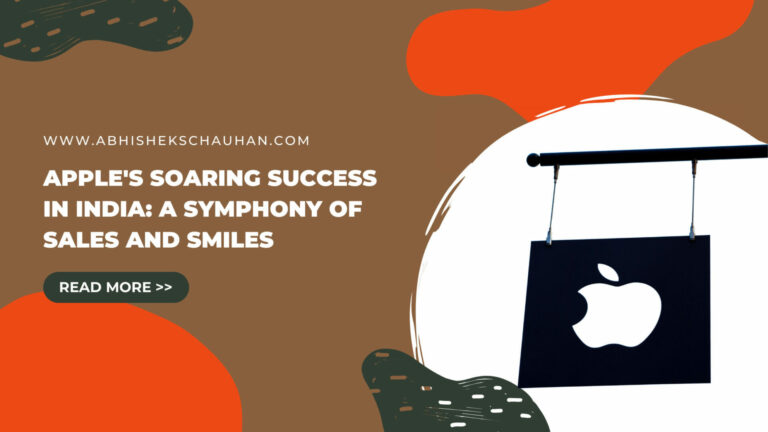Why 10-Minute Delivery Models Have Failed in India: Lessons Learned
In recent years, the Indian startup ecosystem has witnessed a surge in quick commerce platforms promising lightning-fast delivery times. Zepto was the first to introduce the concept of 10-minute delivery, which soon prompted other players like Blinkit, Swiggy, and Dunzo to join the race. However, despite the initial hype, the 10-minute delivery model has faced numerous challenges and has been criticized for its impact on road safety and delivery personnel. In this blog post, we will explore the reasons behind the failure of the 10-minute delivery model in India and the lessons learned from this experience.
One of the primary reasons for the failure of the 10-minute delivery model is its immense pressure on delivery executives. When Blinkit reduced the fixed payouts per delivery from Rs 50 to Rs 15, thousands of delivery personnel were affected, leading to protests and strikes. The reduced payout structure made their jobs unsustainable, forcing them to speed through traffic to meet tight deadlines. This jeopardized their safety and posed a significant risk to other road users.
India already has a grim record when it comes to road safety, with the World Bank reporting a death every four minutes on Indian roads. With 150,000 fatalities each year, the introduction of the 10-minute delivery model has only exacerbated the situation. Drivers interviewed by Reuters admitted to feeling tense and fearing for their lives as they rushed to meet delivery deadlines, often resulting in speeding and reckless driving.
Another critical issue with the 10-minute delivery model is its questionable economic viability. Ashneer Grover, the former CFO of Grofers (now Blinkit), pointed out that the problem lies not in the low payout for delivery but in the fact that the 10-minute delivery system has no economics. Low ticket size and low margin cannot be solved through forced low delivery costs. This money-guzzling model relies heavily on investor cash, and unless companies can charge a premium for each delivery, instant delivery will continue to burn through funds.
Moreover, the 10-minute delivery model raises concerns about the regulatory outlook and labor welfare provisions. Most delivery partners fall outside the social security net, and the uncertainty surrounding these models makes it difficult to access benefits and protections. As a result, the sustainability of the 10-minute delivery model is called into question.
The need for such a rapid delivery solution has also been questioned by critics who argue that it creates demand for a service that did not exist until recently. In a country where ambulances often take more than 10 minutes to reach their destination, prioritizing ultra-fast grocery delivery seems misplaced. Instead, resources could be better utilized to improve essential services and infrastructure.
Furthermore, the 10-minute delivery model faces stiff competition from established players like Amazon, Walmart’s Flipkart, and Indian billionaire Mukesh Ambani’s Reliance. These companies have the resources and infrastructure to adapt and reduce their delivery timelines, making it challenging for startups to maintain a competitive edge in the long run.
In conclusion, the 10-minute delivery model in India has failed to live up to its promise due to a combination of factors, including immense pressure on delivery personnel, road safety concerns, economic viability issues, and competition from established players. The lessons learned from this experience highlight the need for a more sustainable and responsible approach to quick commerce, prioritizing the well-being of delivery personnel and road users over unrealistic delivery times. As the industry evolves, it is crucial for companies to strike a balance between speed and safety, ensuring that the pursuit of convenience does not come at the cost of human lives.
Citations :
1. https://www.timesnownews.com/business-economy/companies/ashneer-grover-takes-a-dig-at-blinkit-zepto-bharatpe-co-founder-says-10-minute-delivery-has-no-economics-article-99558759
2. https://www.businesstoday.in/latest/corporate/story/grocery-start-ups-10-min-delivery-promise-sparks-road-safety-risks-320030-2022-01-23
3.https://en.wikipedia.org/wiki/Blinkit#:~:text=After%20seven%20years%20of%20operations,building%20dark%20stores%20across%20cities
4. https://timesofindia.indiatimes.com/blogs/voices/what-were-getting-wrong-about-the-10-minute-delivery-model/
5. https://inc42.com/features/quick-commerce-10-minute-delivery-end/
6. https://economictimes.indiatimes.com/news/new-updates/problem-isnt-rs-15-payout-ashneer-grover-reveals-the-real-reason-behind-blinkit/zepto-issues/articleshow/99549463.cms
7. https://m.economictimes.com/tech/technology/startups-recalibrate-approach-to-ten-minute-deliveries-amid-operational-challenges/articleshow/92045165.cms 8. https://www.thehindu.com/news/cities/Delhi/rash-driving-fall-in-income-more-pressure-behind-the-scenes-of-10-minute-delivery/article65309591.ece






